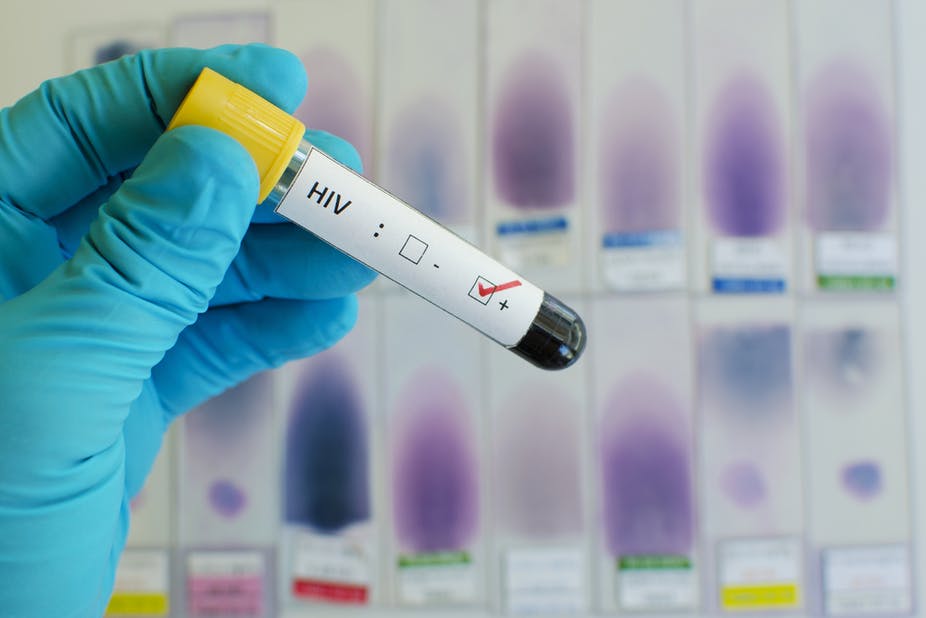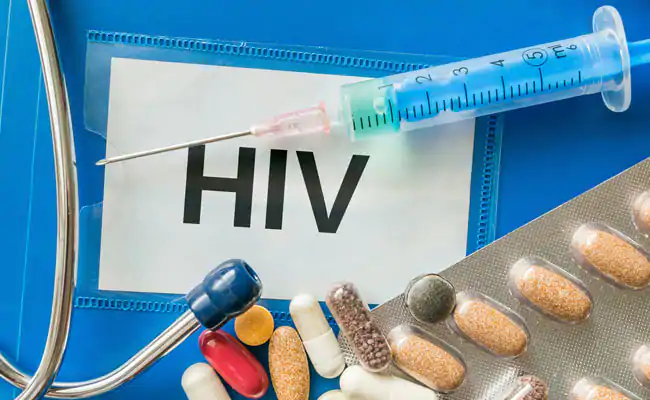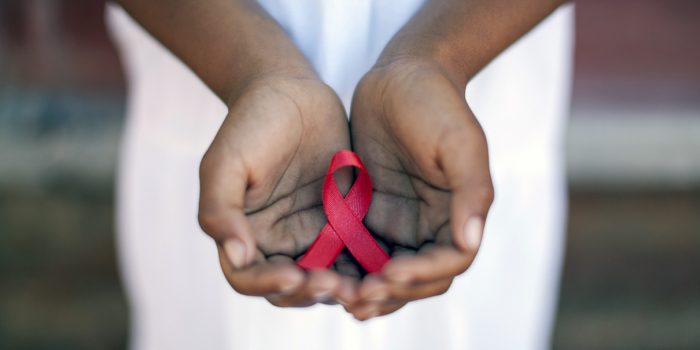HIV (Human Immunodeficiency Virus) causes AIDS (Acquired Immunodeficiency Syndrome), which interferes with our body’s immune system. AIDS still exists and threatens the lives of many individuals, even though the number of persons contracting it has decreased dramatically over the years.
There is currently no complete cure for HIV/AIDS. However, GlaxoSmithKline Plc recently announced that it hopes to achieve an HIV cure by 2030 as the company prepares to split in two next year.

“Our ultimate goal is always a cure of HIV,” Kimberly Smith, head of research and development at Glaxo’s HIV arm ViiV Healthcare, said in a statement. I hope “that we’ll contribute to getting there by 2030 if not sooner.”
The objective was set forth at the investors’ briefing event as the business prepares to break its consumer segment in 2022. In addition, Glaxo presented its long-term HIV goals to shareholders and addressed investor worries over the patent expiration of one of its HIV medications, dolutegravir, in 2029. According to Smith, the medicine the business is examining as a potential cure will begin human testing next year.

The company desperately needs to resolve its issues after years of stagnating stock prices and an inconsistent strategy that has left it well behind competitors, notably AstraZeneca.
Glaxo has been an HIV pioneer since the disease’s onset 40 years ago. Burroughs Wellcome, the company’s predecessor, developed the first HIV medicine in the 1980s. This year, the business gained FDA approval for the first long-acting HIV injectable, shifting from daily drugs to monthly injections.

To develop its next line of medications, the company is forming partnerships with companies such as Shionogi & Co. of Japan and Johnson & Johnson’s Janssen. Glaxo and Shionogi agreed in September to collaborate to extend the time between HIV treatments to three months or longer.


